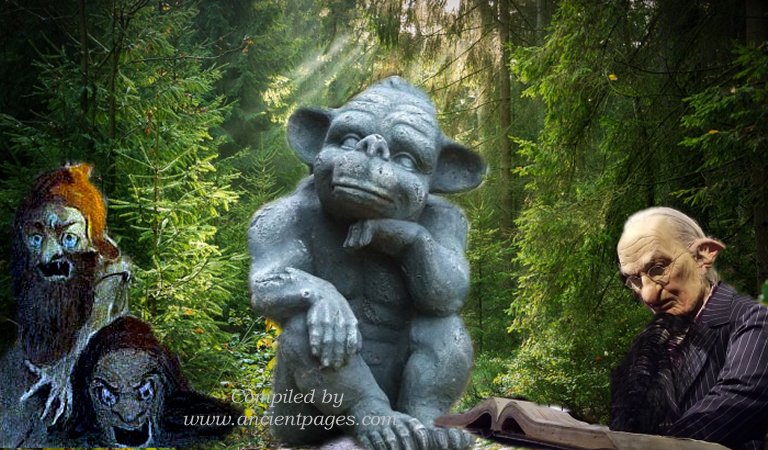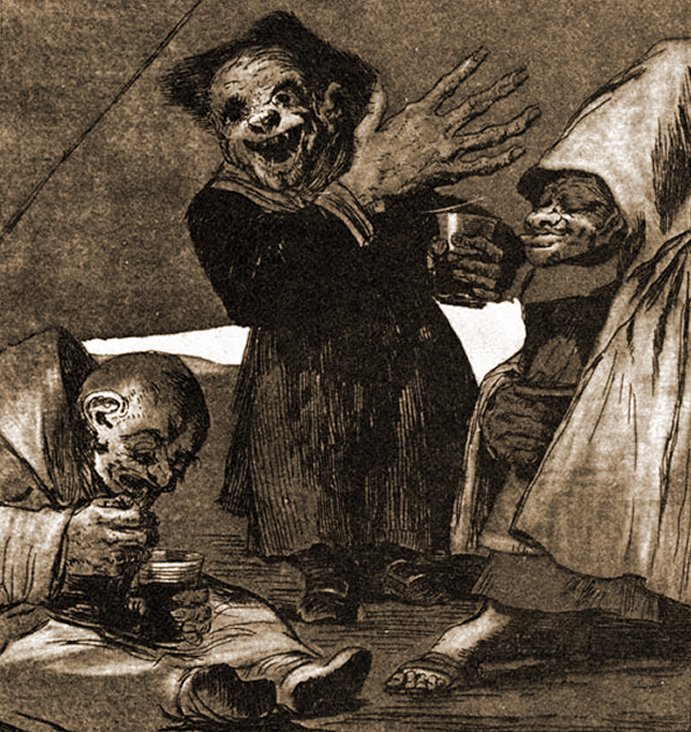Goblins: Antisocial, Grotesque, Ugly And Vengeful Fairy Creatures In Ancient Beliefs
A. Sutherland - AncientPages.com - In ancient legends of European cultures, there are numerous references to antisocial and ugly creatures called – goblins. However, they can also be found in the folklore of people living outside the European continent.
Generally, all tales describe them as ugly, strange, grotesque fairy creatures capable of mischievous and often evil behavior. They are associated with troubles.
Goblin Has Many Names
The name 'goblin' may derive from the Greek 'kobalos,' which means 'villain' (or 'rogue'). Its Latin name is 'cobalus' while its French name is 'gobelin,' and in German tales, this creature is 'cobalt.' Today, we know it under its English name: 'goblin,' and this name characterizes evil and malicious spirits.
Tradition has it that they originate from a particular tribe of gnomes ruled by Ghob, and according to ancient tradition, other gnomes called them – 'ghob-lings.'
Appearance, Their Place Of Living What Is Their Occupation
Goblins are creatures having human characteristics, but their look is unappealing.
Goblins, called duendes in Spain, Portugal and South America. Image credit: Francisco Goya (1799) Public Domain
They are small (dwarfish) and grotesque, about the size of a fairy tale dwarf; however, giant goblins, whose height can reach two meters, are mentioned in the mythology of the Germanic peoples. Goblins have enormous ears and noses, dark skin, and yellow, filthy teeth.
Goblins prefer to dwell in caves, rock crevices, and roots of ancient trees in isolated places and hardly accessible mountain regions. They smash pots, pull sleeping people out of bed, pull pajamas off, and make noises while moving furniture at night. They can even enter houses or disturb people by knocking on doors and walls and immediately disappear.
Statue of a goblin. Credit: Public domain
Unfamiliar with the people's concept of ethics and morality, the goblins do bad things just for fun.
Goblins usually do not stay in one place for too long. They try to find a place to live where the humans cannot spot them. Legends say they stay home hiding during the day and go out roaming at night once all the humans are in bed. Goblins like to cause trouble, and the nighttime gives the creatures a perfect opportunity to wreak havoc for humanity without getting busted.
Goblins are said to be lazy, tiny creatures that enjoy doing nothing, and in case of danger, they prefer to escape as soon as possible and hide. In addition to playing tricks, some goblins are shapeshifters, taking on animal form but avoiding taking a human form.
They are said to be capable of casting spells on a person, creating disturbing nightmares to trouble people, or even stealing away their children and, occasionally, women.
The children are sometimes replaced with goblin babies or changelings.
A model of Goblin from the Harry Potter series. Credit: Wikipedia, CC BY 2.0
In the famous Harry Potter series by J.K. Rowling, goblins have been featured in literature and several fantasy movies and portrayed as small, greedy, and cunning creatures that run Gringotts Bank in Diagon Alley.
Goblin Has A Cousin - Hobgoblin
The goblin's literary relative is the hobgoblin, a creature whose character is slightly more pleasant. A popular hobgoblin is Puck, also known as Robin Goodfellow. The idea of hobgoblins is associated with the advent of Christianity. It was necessary to separate the evil from good. While the hobgoblins are perceived positively, the goblins are blamed for everything wrong.
Goblins gave rise to the image of gremlins that later appeared in modern folklore.
In some regions of Borneo, people consider these creatures are the souls of the dead. The Dyaks tribe of Borneo believes their forests are full of hostile goblins that are evil spirits. These dangerous shapeshifters lurk in deep, dark woods, ready to assume weird shapes whenever possible.
Ancient beliefs of the Dyaks have survived until today, and they warn about walking the forest alone. The goblins can steal a person's soul and leave them unaware of the loss.
Written by – A. Sutherland - AncientPages.com Senior Staff Writer
Updated on August 21, 2022
Copyright © AncientPages.com All rights reserved. This material may not be published, broadcast, rewritten or redistributed in whole or part without the express written permission of AncientPages.com
More From Ancient Pages
-
 On This Day In History: Tokugawa Shogunate Begins In Japan After Historical Battle – On Oct 21, 1600
News | Oct 21, 2016
On This Day In History: Tokugawa Shogunate Begins In Japan After Historical Battle – On Oct 21, 1600
News | Oct 21, 2016 -
 Cardinal Richelieu ‘Red Eminence’ – One Of The Greatest Politicians In French History
Featured Stories | Oct 26, 2018
Cardinal Richelieu ‘Red Eminence’ – One Of The Greatest Politicians In French History
Featured Stories | Oct 26, 2018 -
 Unique 8,000 Year-Old Child Burial Reveals Its Secrets
Archaeology | Nov 3, 2020
Unique 8,000 Year-Old Child Burial Reveals Its Secrets
Archaeology | Nov 3, 2020 -
 Part Of Secret Vatican Manuscript Decoded
Archaeology | Sep 7, 2017
Part Of Secret Vatican Manuscript Decoded
Archaeology | Sep 7, 2017 -
 On This Day In History: Black Death Arrived In Britain – On June 24, 1348
News | Jun 24, 2016
On This Day In History: Black Death Arrived In Britain – On June 24, 1348
News | Jun 24, 2016 -
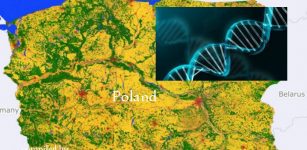 Bronze Age DNA Shows Direct Genetic Link To Current Inhabitants Of Southern Poland
Archaeology | May 4, 2020
Bronze Age DNA Shows Direct Genetic Link To Current Inhabitants Of Southern Poland
Archaeology | May 4, 2020 -
 Boxer At Rest – Rare Sculpture And Masterpiece Of Hellenistic Bronze Art
Artifacts | May 21, 2021
Boxer At Rest – Rare Sculpture And Masterpiece Of Hellenistic Bronze Art
Artifacts | May 21, 2021 -
 Jörmungandr – Hideous Poison-Spewing Midgard Serpent Was One Of Loki’s Children
Featured Stories | Mar 31, 2018
Jörmungandr – Hideous Poison-Spewing Midgard Serpent Was One Of Loki’s Children
Featured Stories | Mar 31, 2018 -
 On This Day In History: Sweden’s Greatest Defeat: Battle Of Kirchholm Was Fought – On Sep 27, 1605
News | Sep 27, 2016
On This Day In History: Sweden’s Greatest Defeat: Battle Of Kirchholm Was Fought – On Sep 27, 1605
News | Sep 27, 2016 -
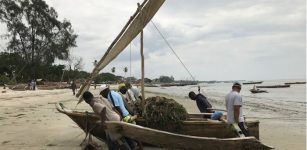 First Detailed Academic Study Of East African Maritime Traditions Shows Changes In Boatbuilding
Archaeology | May 11, 2022
First Detailed Academic Study Of East African Maritime Traditions Shows Changes In Boatbuilding
Archaeology | May 11, 2022 -
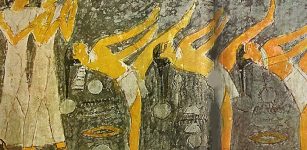 How Important Was Dance In Ancient Egypt And What Purpose Did It Serve?
Ancient History Facts | May 5, 2021
How Important Was Dance In Ancient Egypt And What Purpose Did It Serve?
Ancient History Facts | May 5, 2021 -
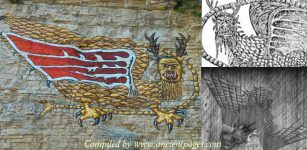 Mysterious Piasa Bird – Native American Dragon That Existed Thousands Of Moons Before The Pale Face Came
Featured Stories | Jan 1, 2018
Mysterious Piasa Bird – Native American Dragon That Existed Thousands Of Moons Before The Pale Face Came
Featured Stories | Jan 1, 2018 -
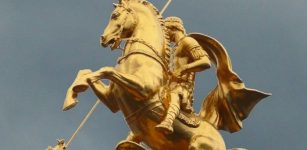 Saint George: Knight Warrior Who Refused To Denounce His Faith And Died A Martyrs Death
Featured Stories | Jun 3, 2019
Saint George: Knight Warrior Who Refused To Denounce His Faith And Died A Martyrs Death
Featured Stories | Jun 3, 2019 -
 Hoysaleswara Temple: Great Supporter Of Most Powerful Traditions Of Hinduism
Featured Stories | Jun 21, 2021
Hoysaleswara Temple: Great Supporter Of Most Powerful Traditions Of Hinduism
Featured Stories | Jun 21, 2021 -
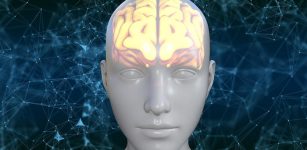 Ants May Hold the Clues Why The Human Brain Decreased In Size 3,000 Years Ago – Scientists Say
Archaeology | Oct 22, 2021
Ants May Hold the Clues Why The Human Brain Decreased In Size 3,000 Years Ago – Scientists Say
Archaeology | Oct 22, 2021 -
 Evidence Of Cosmic Catastrophe 12,800 Years Ago – Earth Collided With Fragments Of A Comet
Archaeology | Feb 2, 2018
Evidence Of Cosmic Catastrophe 12,800 Years Ago – Earth Collided With Fragments Of A Comet
Archaeology | Feb 2, 2018 -
 Cuneiform Tablet With New Indo-European Language Discovered In The Capital Of The Hittites
Archaeology | Sep 21, 2023
Cuneiform Tablet With New Indo-European Language Discovered In The Capital Of The Hittites
Archaeology | Sep 21, 2023 -
 Colchester Vase Offers ‘Startling’ Evidence Of Gladiator Fights In Roman Britain
Archaeology | Mar 6, 2023
Colchester Vase Offers ‘Startling’ Evidence Of Gladiator Fights In Roman Britain
Archaeology | Mar 6, 2023 -
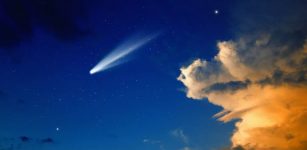 How Ancient Cultures Explained Comets And Meteors
Archaeoastronomy | Jun 5, 2019
How Ancient Cultures Explained Comets And Meteors
Archaeoastronomy | Jun 5, 2019 -
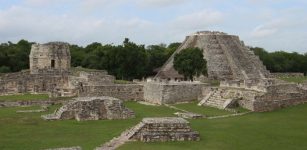 Collapse Of Ancient Mayan Capital Linked To Drought – New Study Suggests
Archaeology | Aug 20, 2022
Collapse Of Ancient Mayan Capital Linked To Drought – New Study Suggests
Archaeology | Aug 20, 2022

